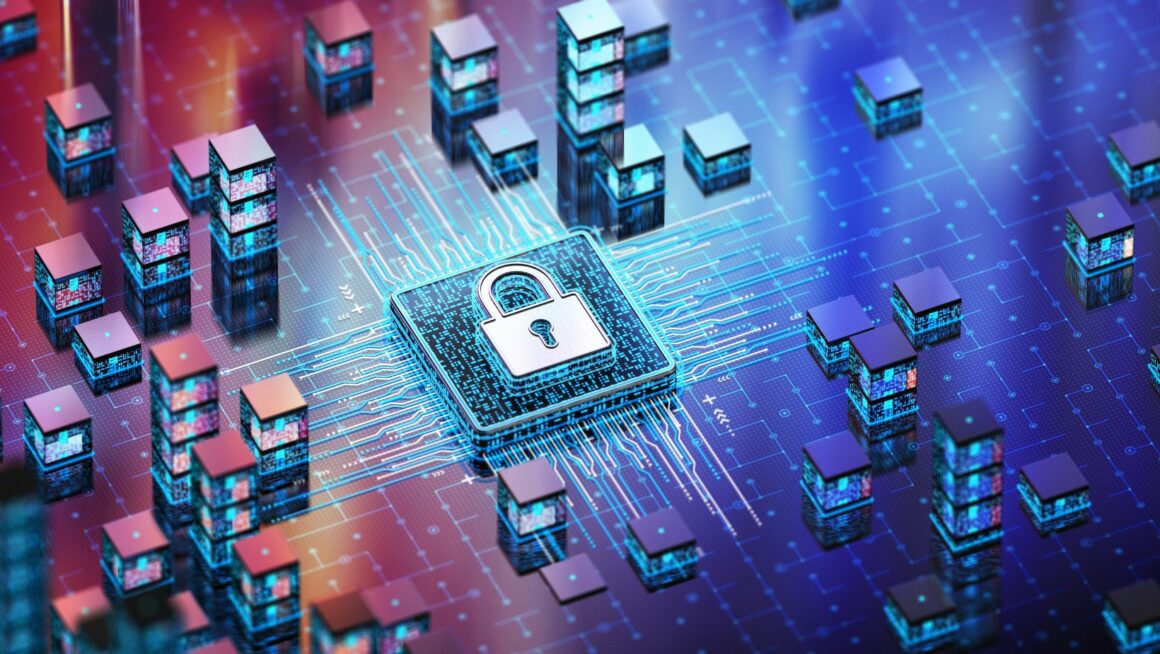In the digital landscape, cybersecurity isn’t just a buzzword—it’s a necessity. As technology evolves, so do the threats that lurk in its shadows. This is where cybersecurity governance steps in. This crucial discipline ensures the safekeeping of digital assets, protecting businesses and individuals from potential cyber catastrophes.
But what exactly is cybersecurity governance and why is it so important? It’s the framework that outlines how to handle cyber threats, incorporating strategic planning, risk management, and robust security policies.
Cybersecurity Governance
What Is Cybersecurity Governance?
 Just as governance plays a cardinal role in managing an organization’s operations, cybersecurity governance emerges to effectively handle digital privacy and security. Think of it as a systemized approach that includes strategic planning, risk management, and the creation of wide-ranging security policies. These components aim at safeguarding digital assets against common and emerging cyber threats.
Just as governance plays a cardinal role in managing an organization’s operations, cybersecurity governance emerges to effectively handle digital privacy and security. Think of it as a systemized approach that includes strategic planning, risk management, and the creation of wide-ranging security policies. These components aim at safeguarding digital assets against common and emerging cyber threats.
Cybersecurity governance isn’t about ad-hoc arrangements. It’s about a premeditated, traceable structure in place—that encompasses best practices, regulatory compliance, accountability—and most importantly, a culture of ongoing security awareness. For instance, when drafting a cybersecurity governance plan, organizations often tend to incorporate the NIST Cybersecurity Framework—that provides guidelines on risk management, asset protection, and detection of potential threats.
Why Is it Crucial for Organizations?
The digital landscape experiences a constant flux, influenced by new technology advancements and an increasing number of cyber threats. Recognizing this, cybersecurity governance is no longer a choice for organizations—it’s an imperative.
 Firstly, a comprehensive cybersecurity governance plan provides a robust shield against potential cyber attacks. It does this by identifying vulnerabilities, charting proper prevention measures and ensuring a swift response mechanism to handle any breaches.
Firstly, a comprehensive cybersecurity governance plan provides a robust shield against potential cyber attacks. It does this by identifying vulnerabilities, charting proper prevention measures and ensuring a swift response mechanism to handle any breaches.
Secondly, it fosters trust among stakeholders, customers, and employees by demonstrating the organization’s commitment to data protection and privacy. Referencing a 2019 study by Cisco, 84% of consumers expressed more trust in companies that are transparent about data policies.
Lastly, non-compliance with regulatory standards inflicts heavy monetary penalties. A well-designed cybersecurity governance framework helps stick to compliances like GDPR and CCPA, thereby evading hefty fines.
Although cybersecurity governance demands an initial investment of resources, the long-term return in form of a protected, compliant, and trustworthy organization justifies the outcomes.
Key Components of Effective Cybersecurity Governance
In optimizing cybersecurity governance, pinpointed components serve instrumental roles. These cores cascade into two major categories: Policies and Frameworks, and Roles and Responsibilities.
Policies and Frameworks
Employing cybersecurity policies and frameworks lays the foundation for sustainable cybersecurity governance. These assist in defining the organization’s security goals and objectives, enhancing the systematic response to cyber threats. For example, adopting frameworks such as the National Institute of Standards and Technology (NIST) or the International Organization for Standardization (ISO) standards can help identify, manage, and mitigate risks efficiently. Furthermore, tailored cybersecurity policies grant a proper directive for employees, thereby reducing inside threats, which, as studies show, pose considerable challenges.
Roles and Responsibilities
 In robust cybersecurity governance, clarity in roles and responsibilities remains pivotal. It defines who’s accountable for what in the organization, promoting a swift response to cyber attacks. In principle, these responsibilities traverse from top-level management to individual employees. For instance, a Chief Information Security Officer (CISO) is accountable for crafting and implementing cybersecurity strategies and policies, and an IT manager oversees their execution. Employees, in turn, align with cybersecurity practices, understanding their integral role in maintaining the security infrastructure. Consequently, a clear definition of roles aids in building a resistant, informed, and prepared workforce, a true asset in the face of cyber threats.
In robust cybersecurity governance, clarity in roles and responsibilities remains pivotal. It defines who’s accountable for what in the organization, promoting a swift response to cyber attacks. In principle, these responsibilities traverse from top-level management to individual employees. For instance, a Chief Information Security Officer (CISO) is accountable for crafting and implementing cybersecurity strategies and policies, and an IT manager oversees their execution. Employees, in turn, align with cybersecurity practices, understanding their integral role in maintaining the security infrastructure. Consequently, a clear definition of roles aids in building a resistant, informed, and prepared workforce, a true asset in the face of cyber threats.
Best Practices for Implementing Cybersecurity Governance
Cybersecurity governance isn’t just a nice-to-have; it’s a must-have in today’s digital world. It’s the shield that protects organizations from cyber threats, builds trust with stakeholders, and ensures regulatory compliance. The article has shown that adopting frameworks like the NIST Cybersecurity Framework can significantly bolster cybersecurity governance. But it’s also clear that challenges exist. With cyber threats like Zero-day attacks constantly evolving, a shortage of skilled professionals, coordination difficulties within large organizations, and the need for substantial financial investment, implementing and maintaining cybersecurity solutions isn’t easy. But it’s worth it. By embracing these challenges and investing in cybersecurity governance, organizations can safeguard their digital assets and individuals, ensuring a secure digital landscape for all.

